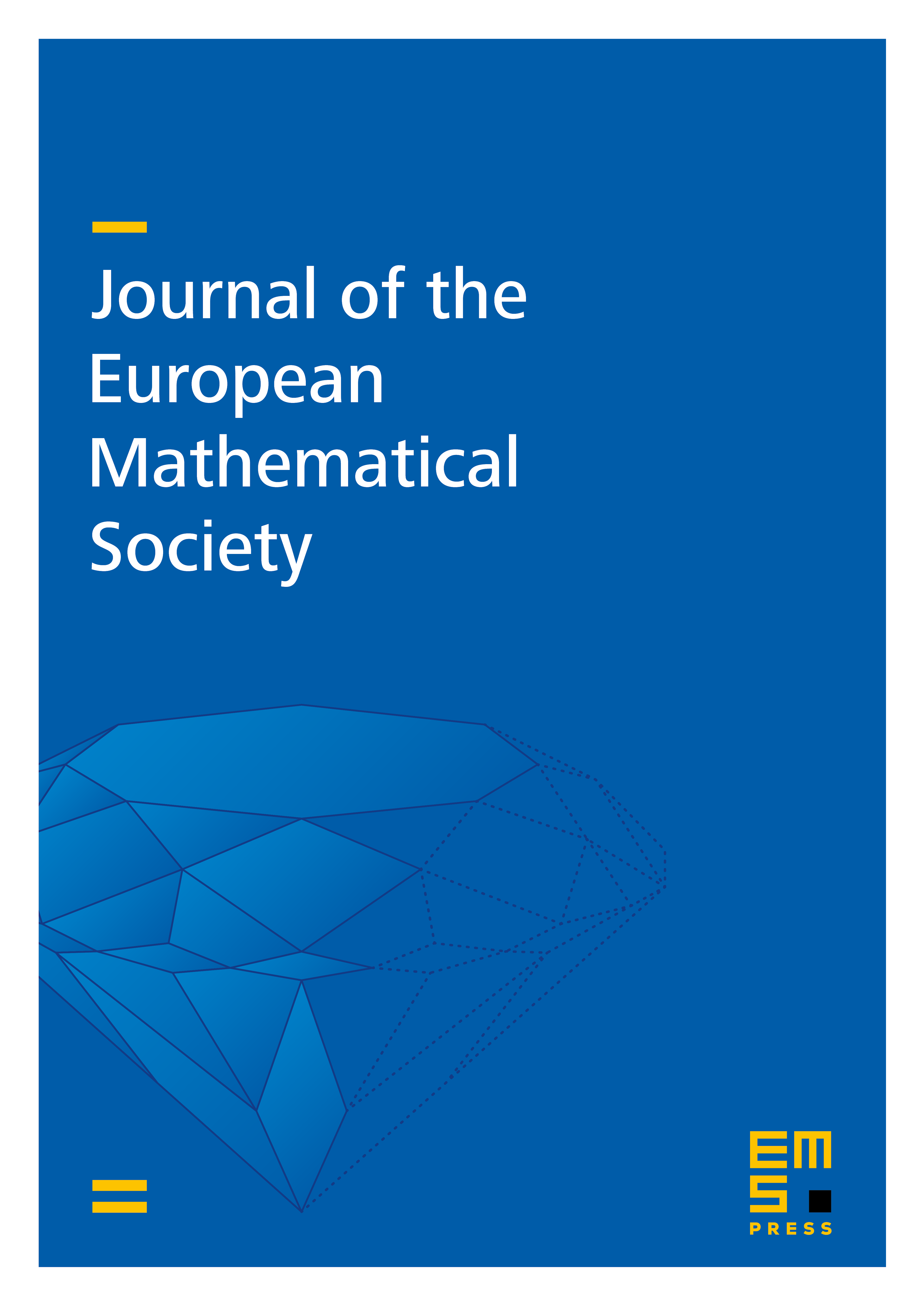Mosco convergence for (curl) spaces, higher integrability for Maxwell's equations, and stability in direct and inverse EM scattering problems
Hongyu Liu
Hong Kong Baptist University, Kowloon, Hong KongLuca Rondi
Università degli Studi di Trieste and Università degli Studi di Milano, ItalyJingni Xiao
Hong Kong Baptist University, Hong Kong, and Rutgers University, Piscataway, USA

Abstract
This paper is concerned with the scattering problem for time-harmonic electromagnetic waves, due to the presence of scatterers and of inhomogeneities in the medium.
We prove a sharp stability result for the solutions to the direct electromagnetic scattering problem, with respect to variations of the scatterer and of the inhomogeneity, under minimal regularity assumptions for both of them. The stability result leads to bounds on solutions to the scattering problems which are uniform for an extremely general class of admissible scatterers and inhomogeneities.
These uniform bounds are a key step in tackling the challenging stability issue for the corresponding inverse electromagnetic scattering problem. In this paper we establish two optimal stability results of logarithmic type for the determination of polyhedral scatterers by a minimal number of electromagnetic scattering measurements.
In order to prove the stability result for the direct electromagnetic scattering problem, we study two fundamental issues in the theory of Maxwell equations: Mosco convergence for (curl) spaces and higher integrability properties of solutions to Maxwell equations in nonsmooth domains.
Cite this article
Hongyu Liu, Luca Rondi, Jingni Xiao, Mosco convergence for (curl) spaces, higher integrability for Maxwell's equations, and stability in direct and inverse EM scattering problems. J. Eur. Math. Soc. 21 (2019), no. 10, pp. 2945–2993
DOI 10.4171/JEMS/895